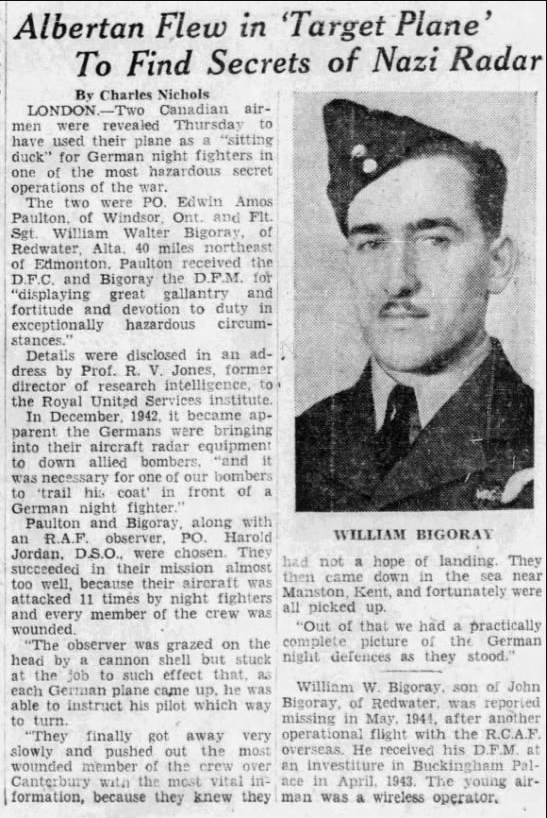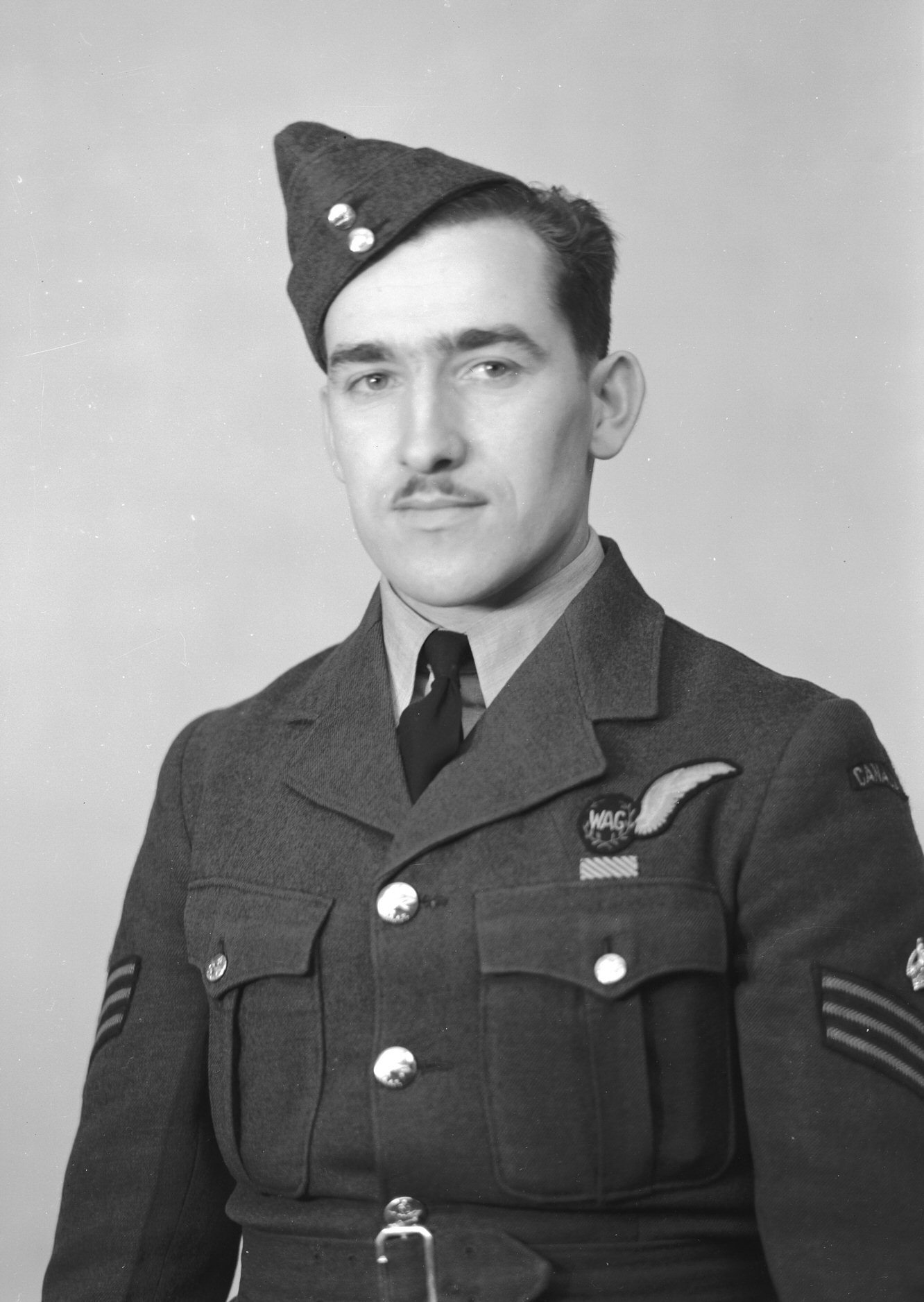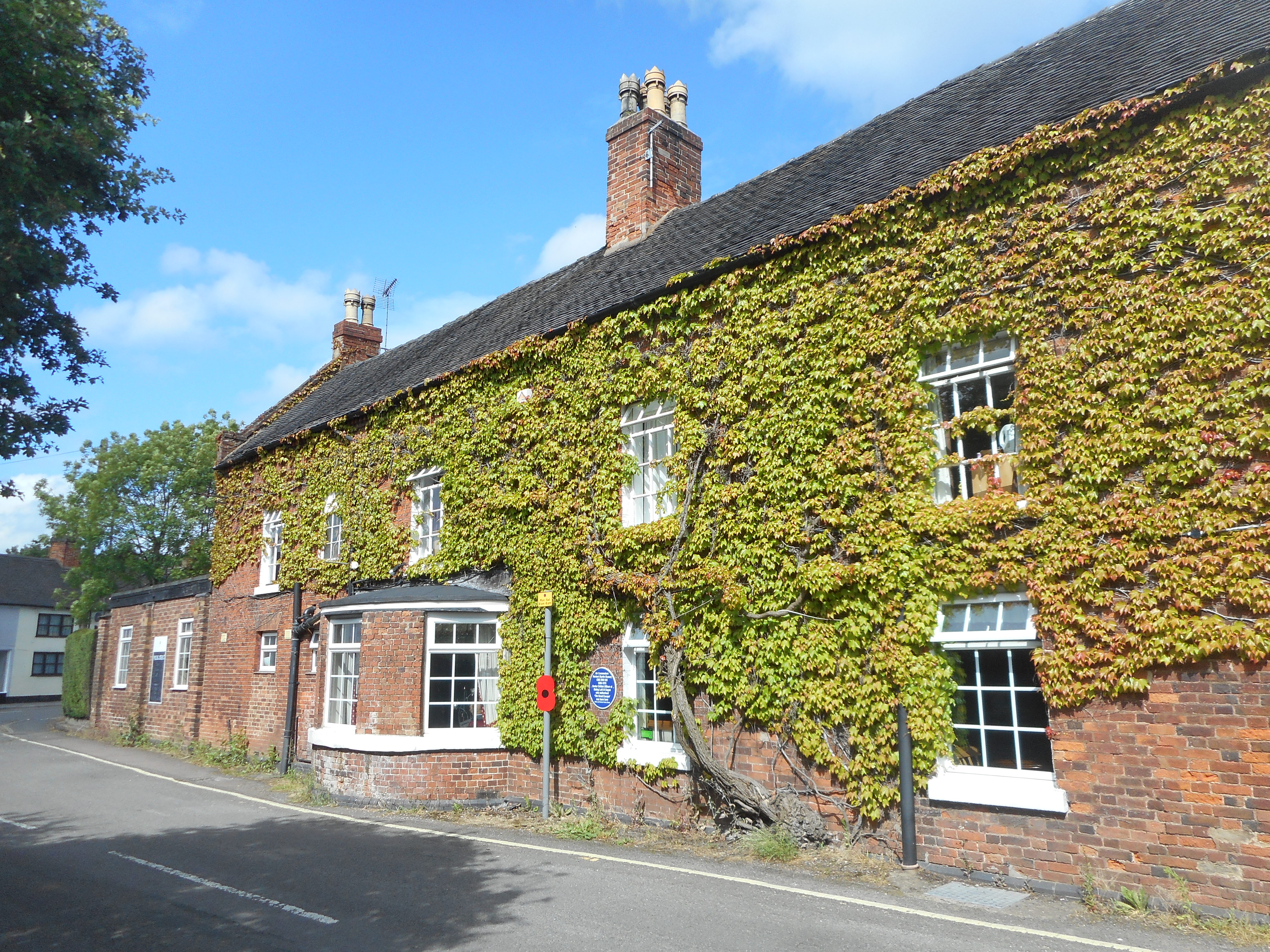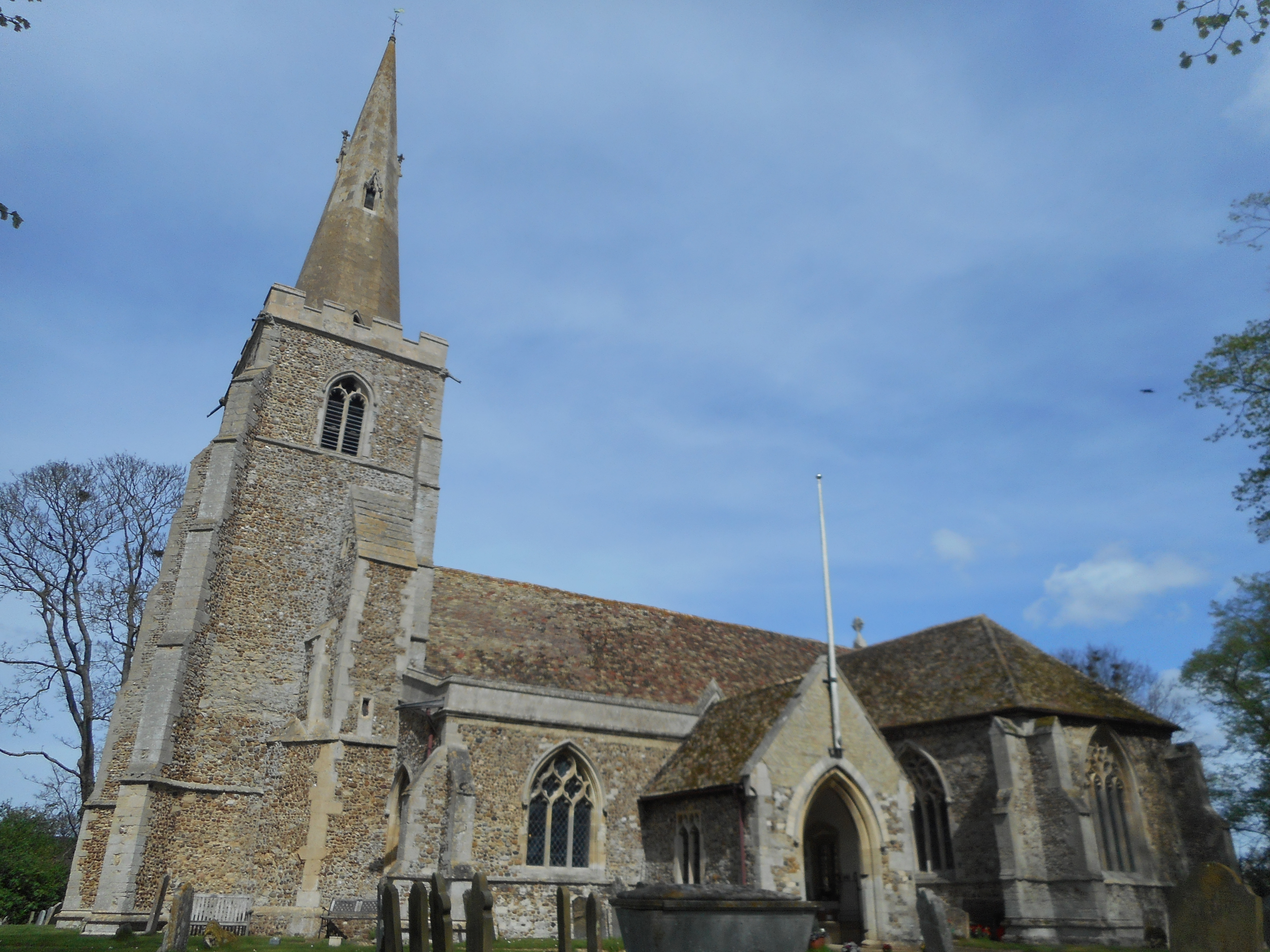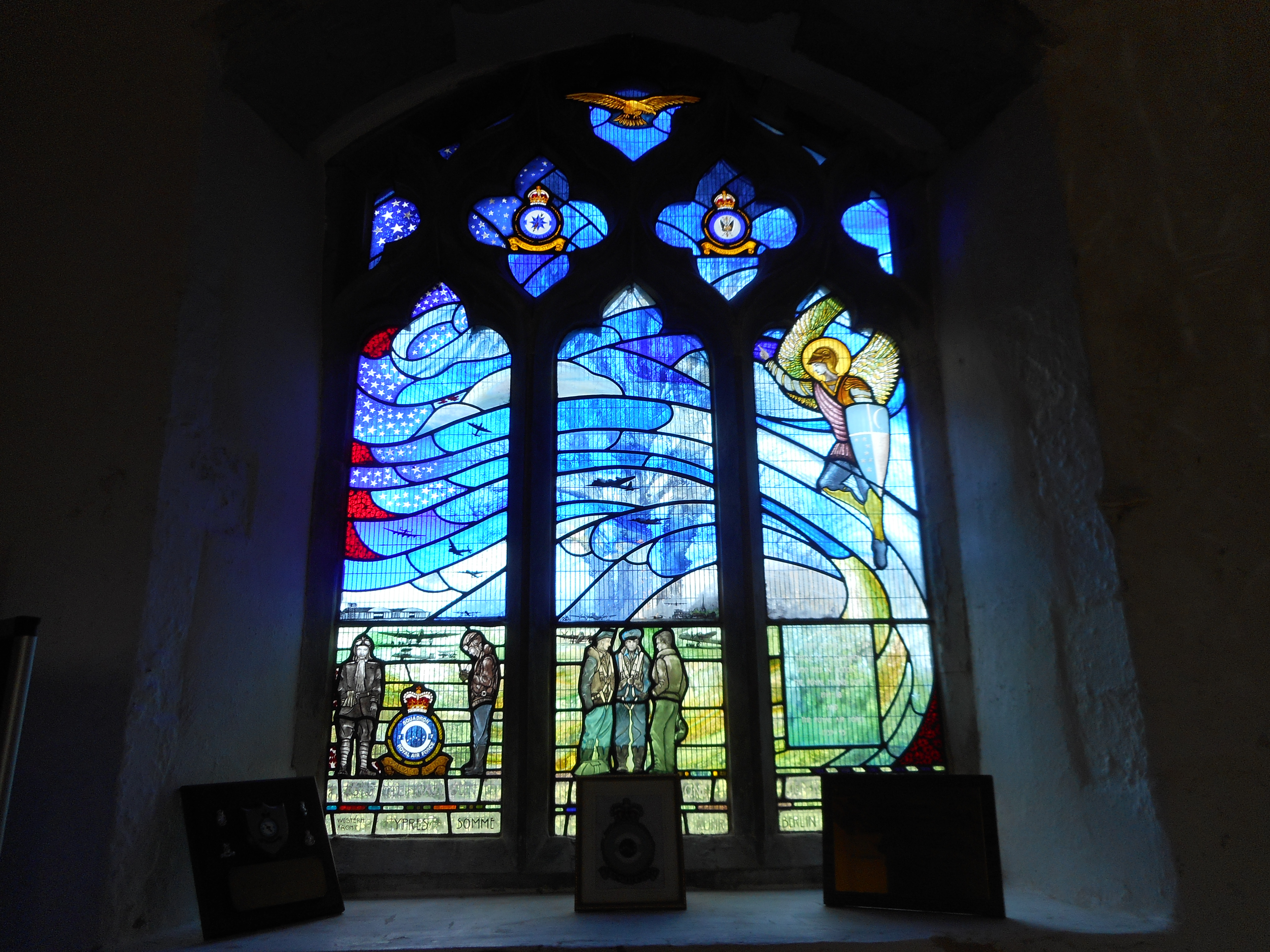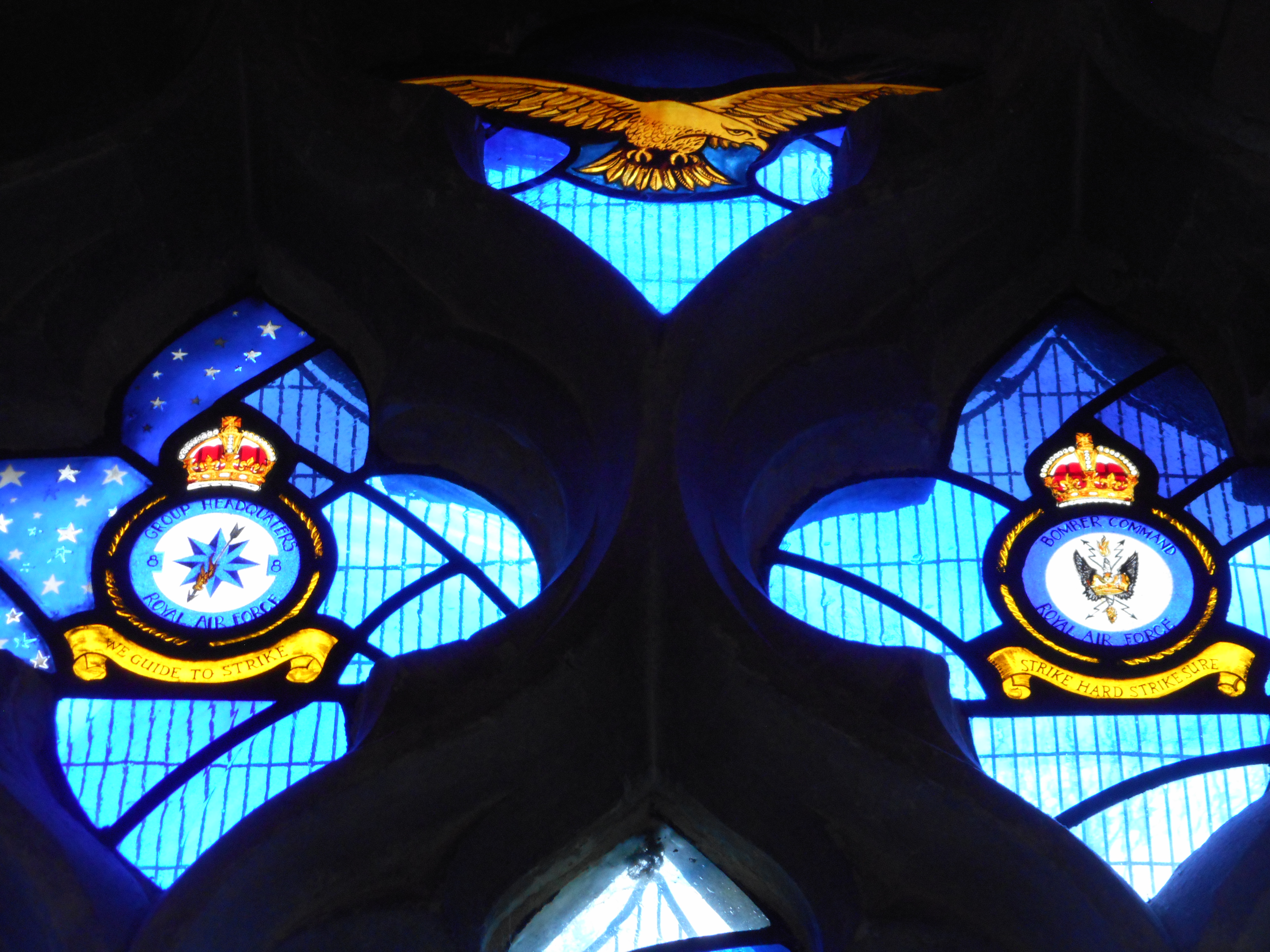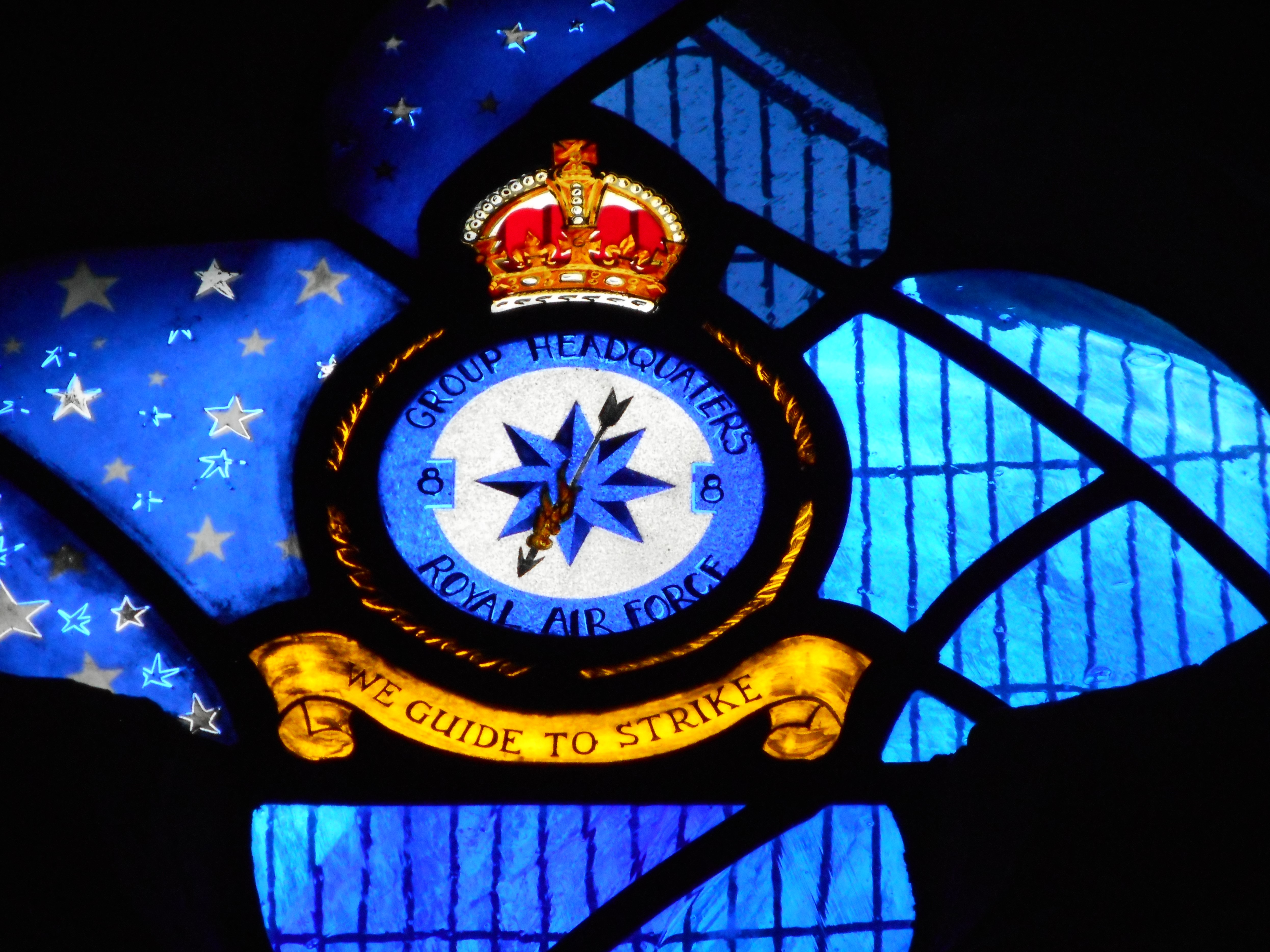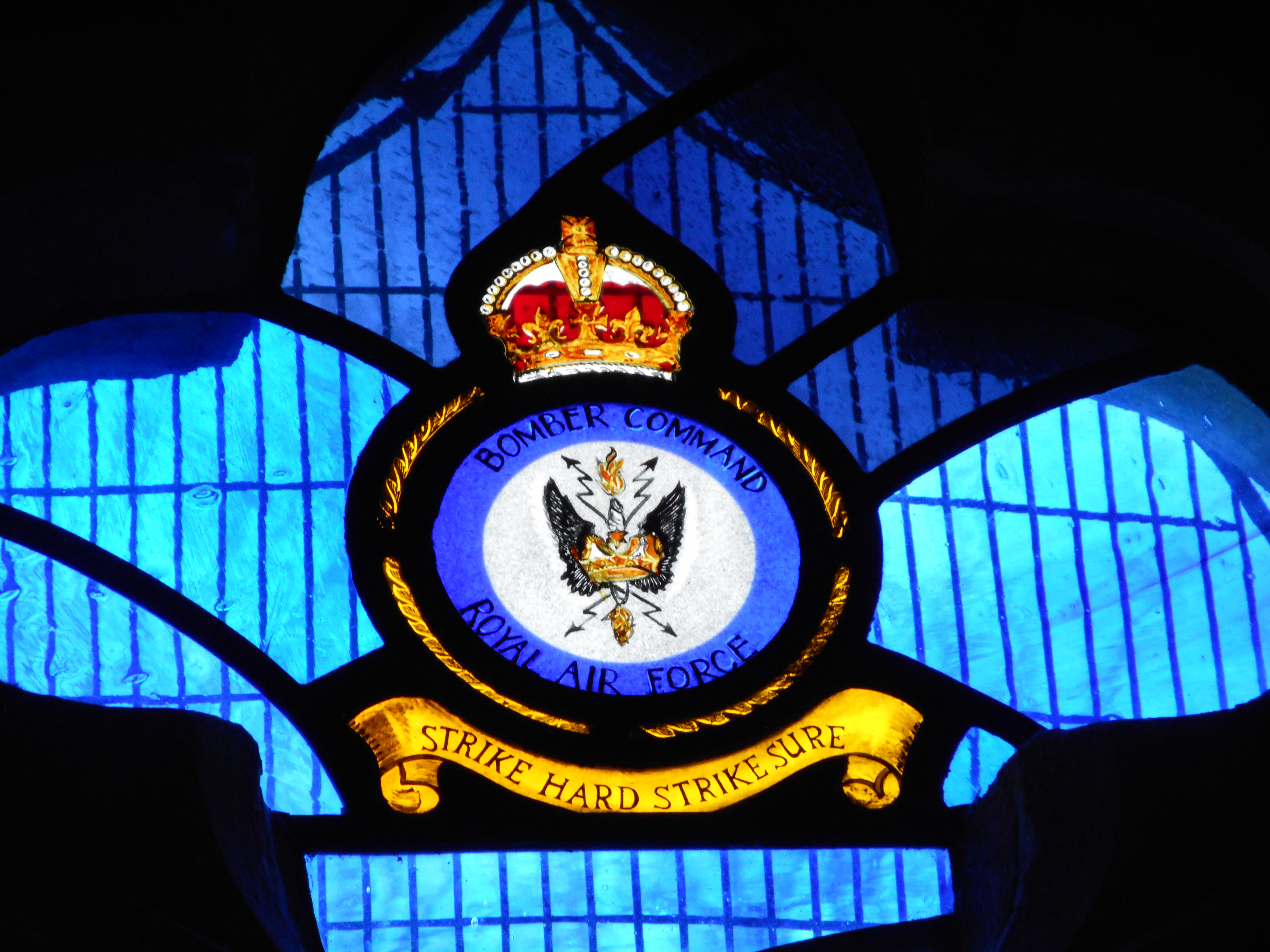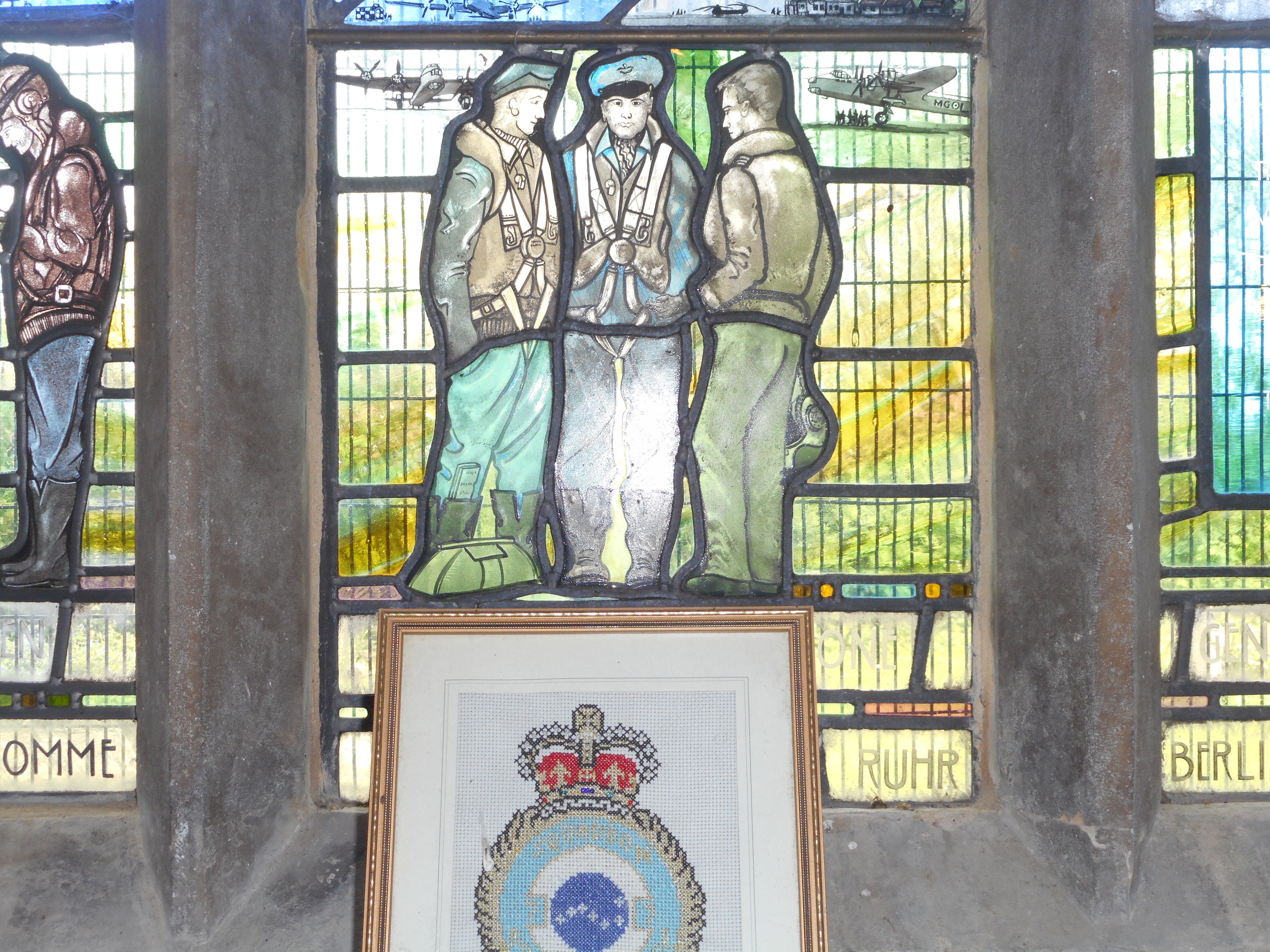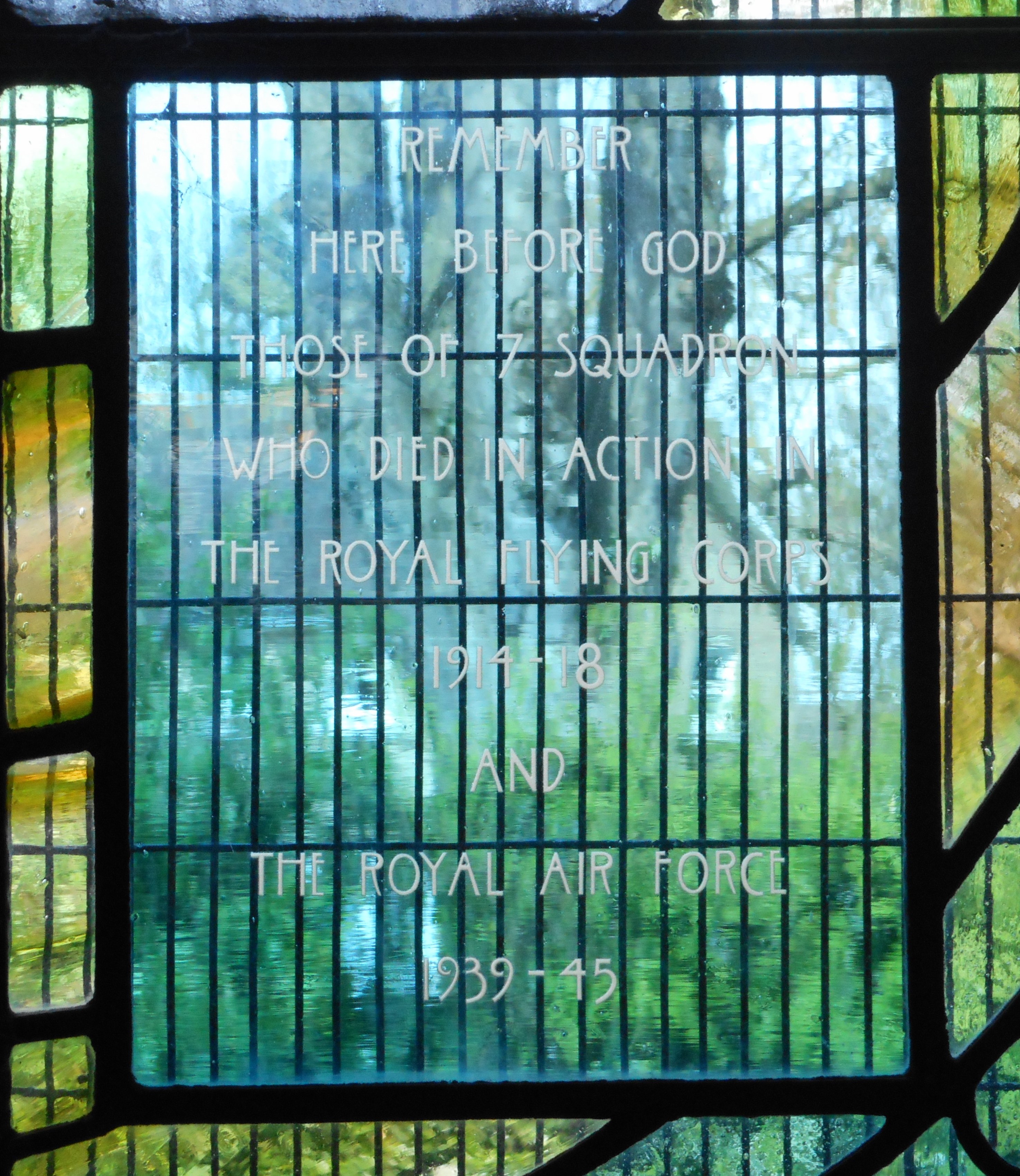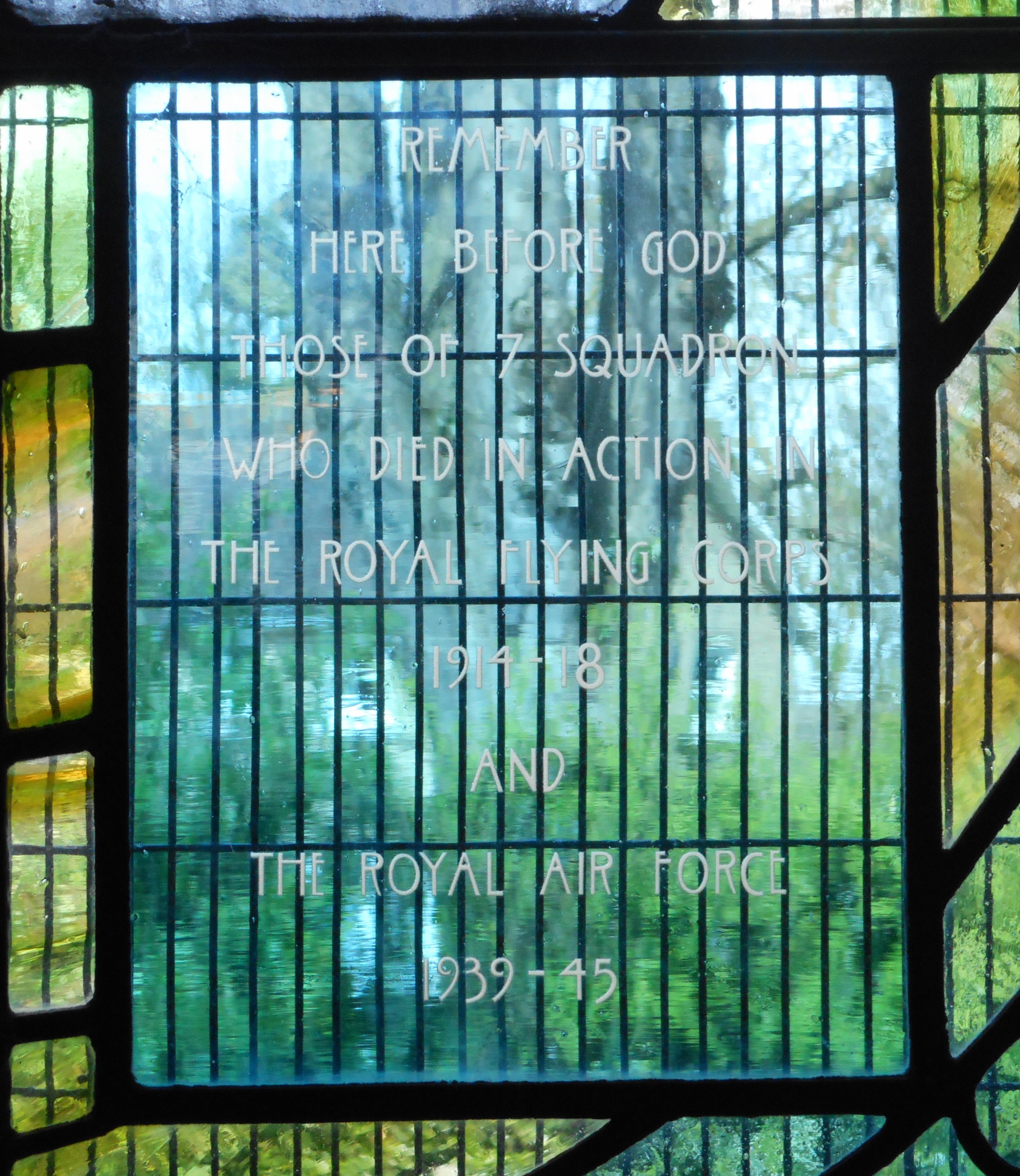Bigoray, William Walter
Personal Information
| Rank | P/O |
| Forename(s) | William Walter |
| Surname | Bigoray |
| Gender | M |
| Age | 25 |
| Decorations | DFM |
| Date of Death | 28-04-1944 |
| Next of Kin | She son of John Bigoray and Nasta Bigoray (née Krichay), of Redwater, Alberta, Canada. |
Aircraft Information
| Aircraft | Avro Lancaster III |
| Serial Number | JB676 |
| Markings | MG-K |
Memorial Information
| Burial/Memorial Country | Germany |
| Burial/Memorial Place | Durnbach War Cemetery |
| Grave Reference | Coll. grave 8. K. 10-13. |
| Epitaph |
IBCC Memorial Information
| Phase | 2 |
| Panel Number | 131 |
Enlistment Information
| Service Number | J/89731 |
| Service | Royal Canadian Air Force |
| Group | 8 |
| Squadron | 7 |
| Trade | WOp/AG |
| Country of Origin | Canada |
Other Memorials
| Location | Hilton House Hotel, Hilton, Derbyshire |
| Country | United Kingdom |
| Memorial Type | Blue Plaque on external wall |
| Memorial Text | Air Commodore Herbert Martin Massey CBE DSO MC 1898-1976 Senior British Officer at Stalag Luft III Sagan who authorised 'The Great Escape' was born here. Hilton and Marston History Group |
| Location | All Saints Church, Longstanton, Cambridgeshire |
| Country | United Kingdom |
| Memorial Type | Stained Glass Window and Roll of Honour Book |
| Memorial Text | Remember here before God those of 7 Squadron who died in action in The Royal Flying Corps 1914-18 and The Royal Air Force 1939-45 |
Miscellaneous Information
| William was born on 13 September 1918 at Redwater, Alberta. Both parents were born in Austria and his father was a farmer. His mother was deceased by the time of William's enlistment. He had three brothers Nicholas, Frederick Peter (in RCAF Calgary) and Anthony (in RCAF, Penhold). He also had four married sisters, Anne, Rose, Doreen and Mary as well as two half sisters Millie and Bertha. He attended Amelia School, 1926-1935, (Public school course), Ufford 1935-1936 (grade 10), Eastwood High School 1936-1937 (grade 11) and Victoria High School 1937-1938, where he completed grade 11. The sport he took part in was baseball, and he enjoyed hunting and horse riding his hobbies were reading, playing the violin and watch repairs. William was a well driller during 1939 at Redwater followed by work on the railway, also in 1939. In 1940 he worked for John Ikatchick farming and finished off the remainder of 1940 Dairy farming. |
| On 15 March 1941 he enlisted and on completion of training was posted to the U.K. He arrived at 3 PRC on 21 January 1942, 1 S.S. 12 February 1942, 16 OTU 7 April 1942, 192 Sqn 15 February 1943, 90 Sqn 13 November 1943 and 7 Squadron 23 January 1944. William sadly lost his life from there on 28 April 1944. |
Commonwealth War Graves Commission
The National Archives
| Record of Events (Operational Record Book) AIR 27/101/8 |
| Summary of Events (Operational Record Book) AIR 27/101/7 |
Fellow Servicemen
Last Operation Information
| Start Date | 27-04-1944 |
| End Date | 28-04-1944 |
| Takeoff Station | Oakington |
| Day/Night Raid | Night (29% moon) |
| Operation | Friedrichshafen. 323 aircraft, 18 Lancasters Lost (5.6%). A highly dangerous raid deep into German territory in bright moonlight and only four weeks after the disastrous raid on Nuremberg, which was still fresh in everybody's minds. The target was of high importance due to its engine and gearbox plants, mainly used for German tanks. Friedrichshafen was, however, further south and barely within reach of German fighter bases. Several diversionary raids assisted with confusing the German Controllers. This was an outstandingly successful raid with excellent marking leading to an estimated 67% of the town being devastated. The gearbox plant was completely destroyed and, according to a German report, the most damaging blow to tank production of the war. |
| Reason for Loss | Shot down by a night-fighter and crashed at Reichenbach, Germany |
